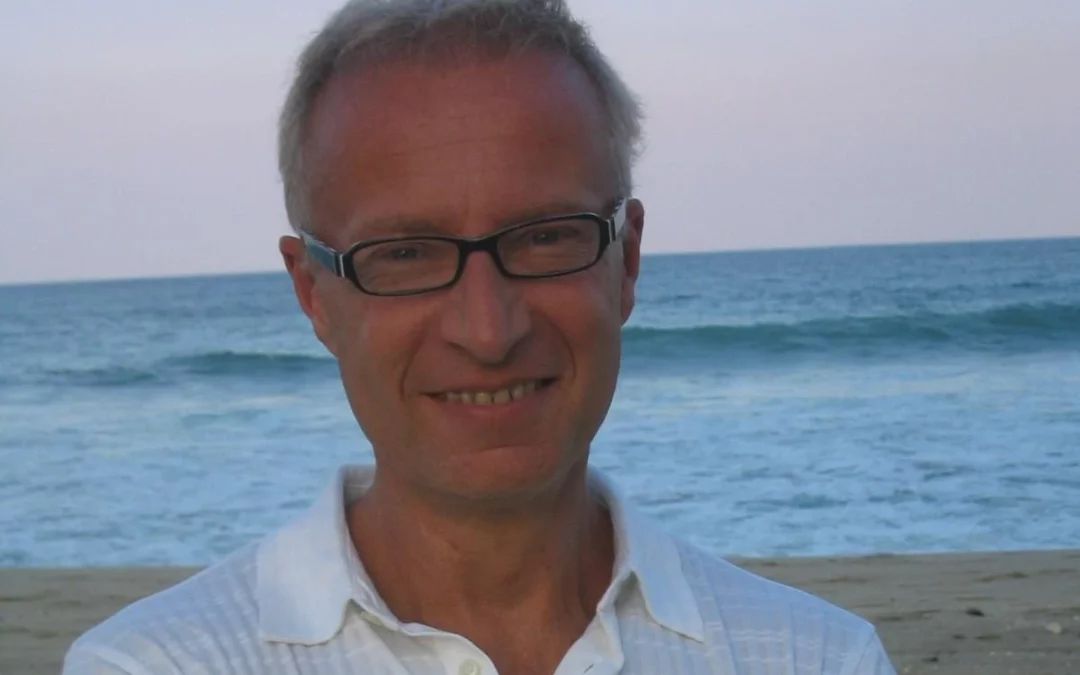
by Michele Kirichanskaya | Sep 20, 2024 | Blog
Henry Cole has written and illustrated more than 150 books for children, including Spot, the Cat; And Tango Makes Three; Oink?; and Little Bo in France. He is also the illustrator of With a Little Help from My Friends by John Lennon and Paul McCartney. A former...
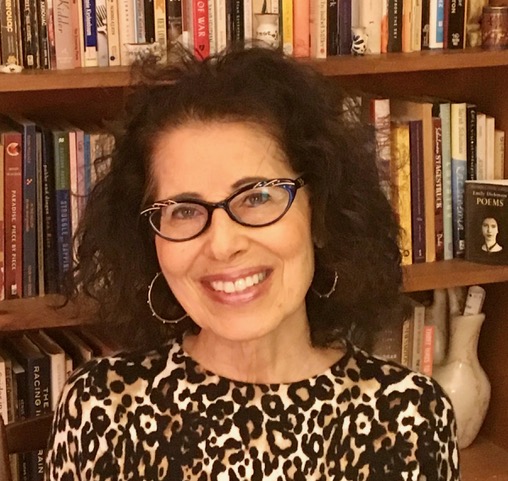
by Michele Kirichanskaya | Dec 4, 2023 | Blog
Lesléa Newman is the author of 80 books for readers of all ages, including the novel-in-verse October Mourning: A Song for Matthew Shepard; the short story collection A Letter to Harvey Milk; the dual memoir-in-verse I Carry My Mother and I Wish My Father; the picture...
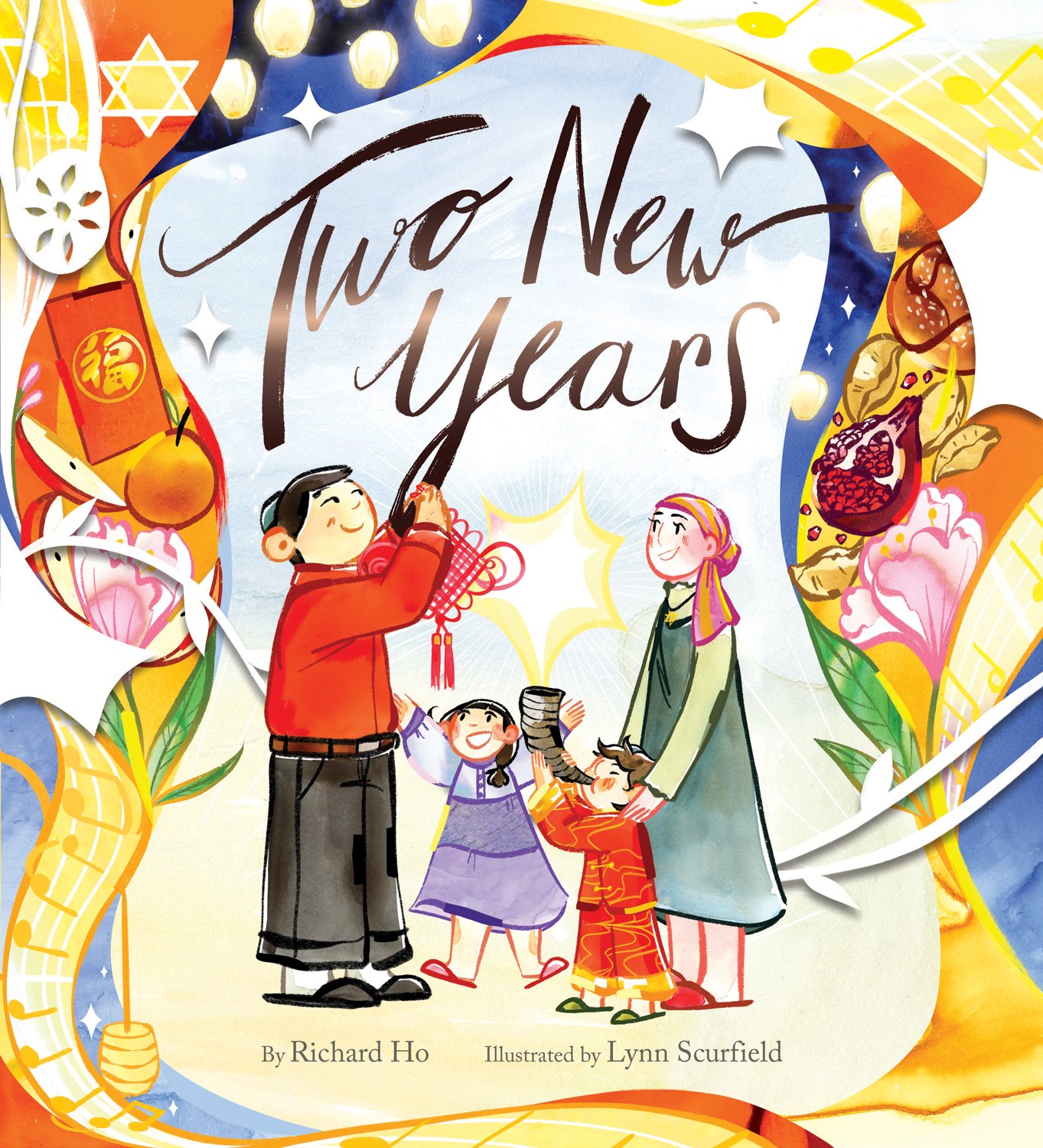
by Michele Kirichanskaya | Sep 18, 2023 | Blog
Richard Ho is Chinese, Jewish, and an author . . . in any order you wish! His previous books include The Lost Package, illustrated by Jessica Lanan, and Year of the Cat, illustrated by Jocelyn Li Langrand. He loves to craft stories about diverse cultures and the...
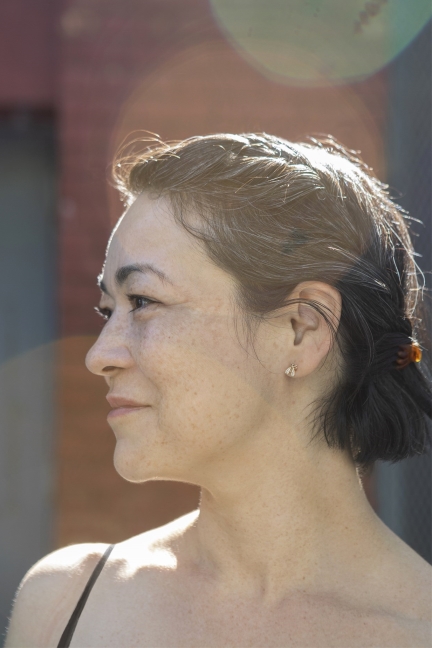
by Michele Kirichanskaya | Apr 29, 2023 | Blog
Sabina Hahn is a Brooklyn based illustrator, animator, and sculptor who loves stories and tall tales. Sabina has been drawing from before she was born; she is a master of capturing subtle fleeting expressions and the most elusive of gestures. She is a co-founder of...
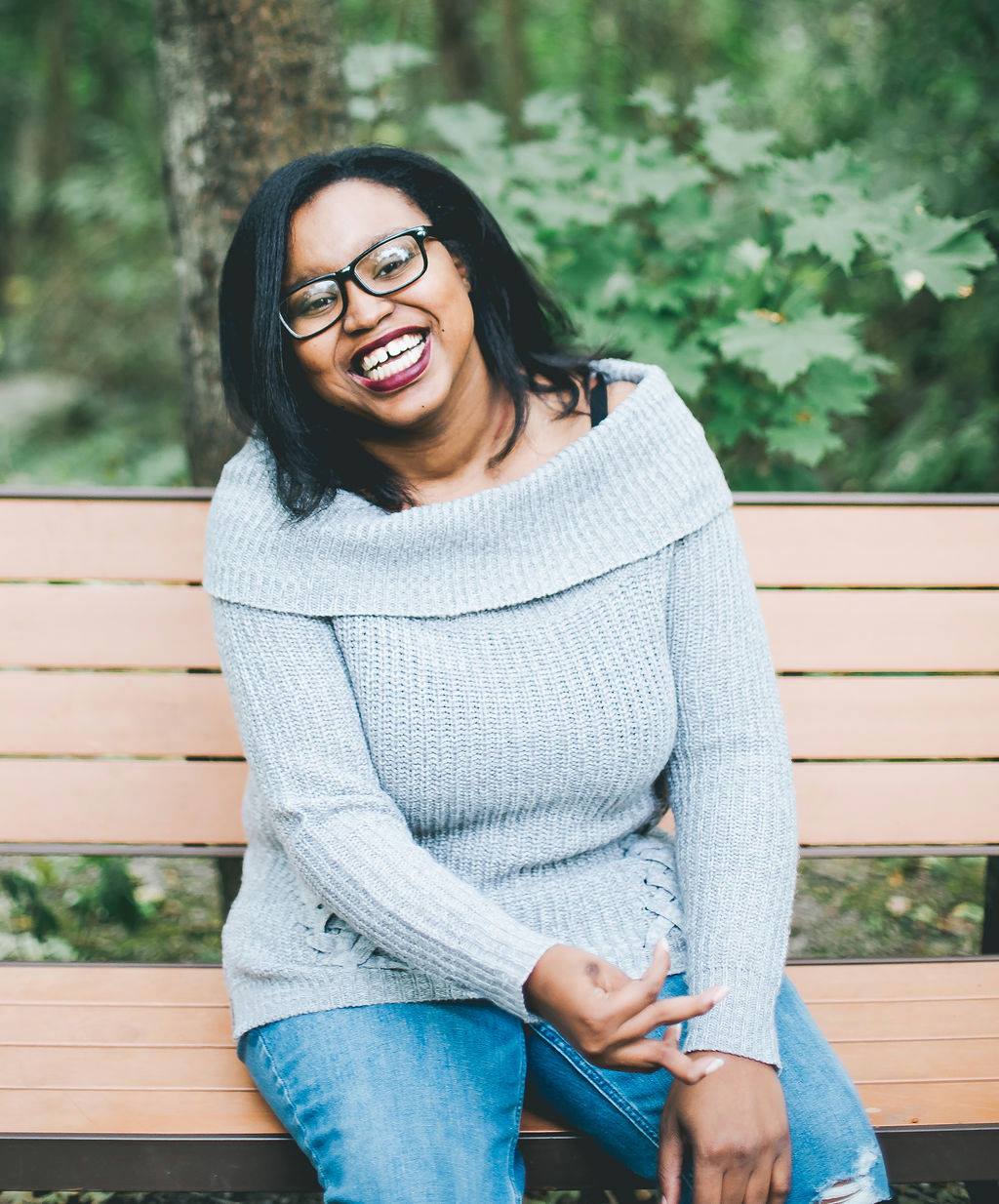
by Michele Kirichanskaya | Aug 31, 2022 | Blog
Keah Brown is a journalist, author, and screenwriter. She is the creator of #DisabledAndCute, and her work has appeared in Teen Vogue, Elle, Harper’s Bazaar, Marie Claire UK, and The New York Times, among other publications. Her debut essay collection The Pretty One...






